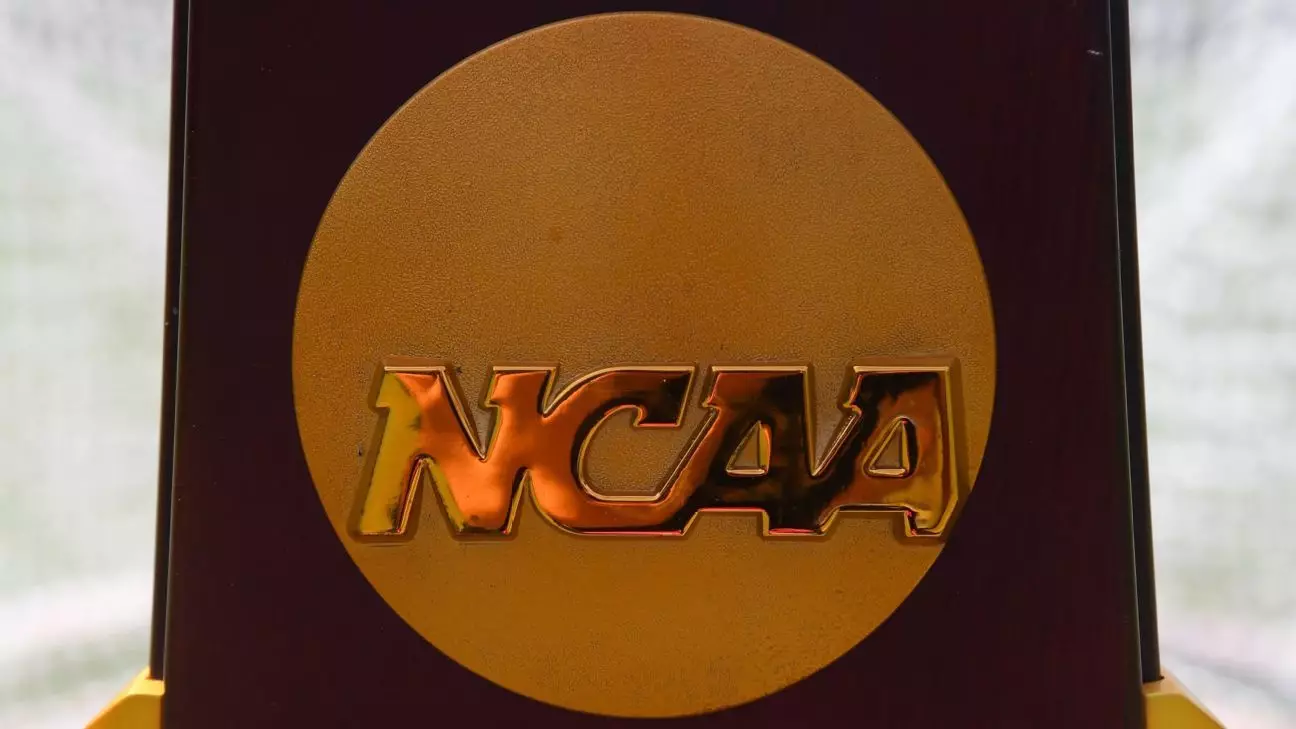The NCAA recently made a decision to halt investigations into booster-backed collectives or third parties making name, image, and likeness (NIL) compensation deals with Division I athletes following a courtroom loss. This decision was communicated to member schools by NCAA President Charlie Baker, who stated that the Division I Board of Directors directed enforcement staff to pause investigations involving third-party participation in NIL-related activities. This move comes after a federal judge granted a preliminary injunction in a lawsuit challenging NCAA rules against recruiting inducements, arguing that these rules inhibit athletes’ ability to capitalize on their celebrity and fame.
The decision to halt investigations into third-party involvement in NIL compensation deals raises questions about the future of amateurism in college athletics and the NCAA’s ability to adapt to changing times. While the NCAA has maintained certain policies regarding NIL compensation, such as prohibiting schools from directly paying athletes for specific athletic performances, the lifting of rules governing third-party involvement opens up new possibilities for athletes to profit from their image and likeness.
The NCAA’s decision comes amidst a backdrop of increasing pressure on the organization to modernize its approach to amateurism. With multiple lawsuits and legislative efforts aimed at reforming the current model, the NCAA finds itself at a crossroads in determining the future of college athletics. The organization’s previous attempts to secure an antitrust exemption from Congress have been unsuccessful, leaving it vulnerable to legal challenges that seek to redefine the relationship between student-athletes and universities.
The decision to pause investigations into booster-backed collectives and third parties involved in NIL compensation deals has significant implications for college athletes and those who work with them. By allowing these entities to operate without fear of penalty, the NCAA is effectively opening the door to a more transparent and lucrative system of compensation for athletes. This shift in policy could lead to greater opportunities for athletes to monetize their image and likeness, while also posing challenges for traditional amateurism principles.
As the NCAA navigates the evolving landscape of college athletics, it must address the growing demands for reform and transparency in its approach to amateurism. The decision to halt investigations into third-party involvement in NIL compensation deals represents a step towards accommodating the changing needs of student-athletes, but it also raises questions about the organization’s ability to regulate a rapidly shifting industry. Moving forward, the NCAA must find a balance between preserving the integrity of college sports and allowing athletes to benefit from their own success.


Leave a Reply